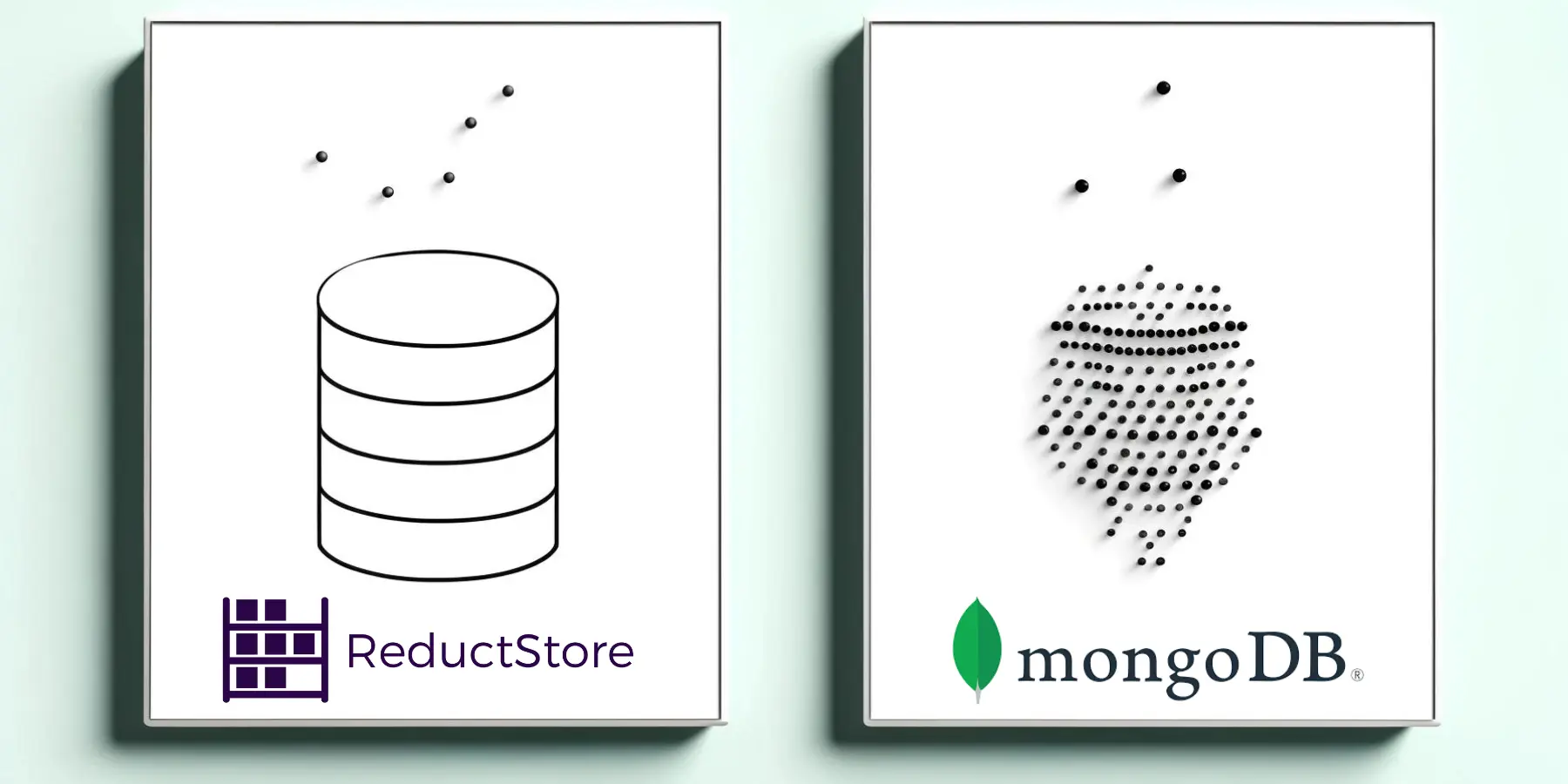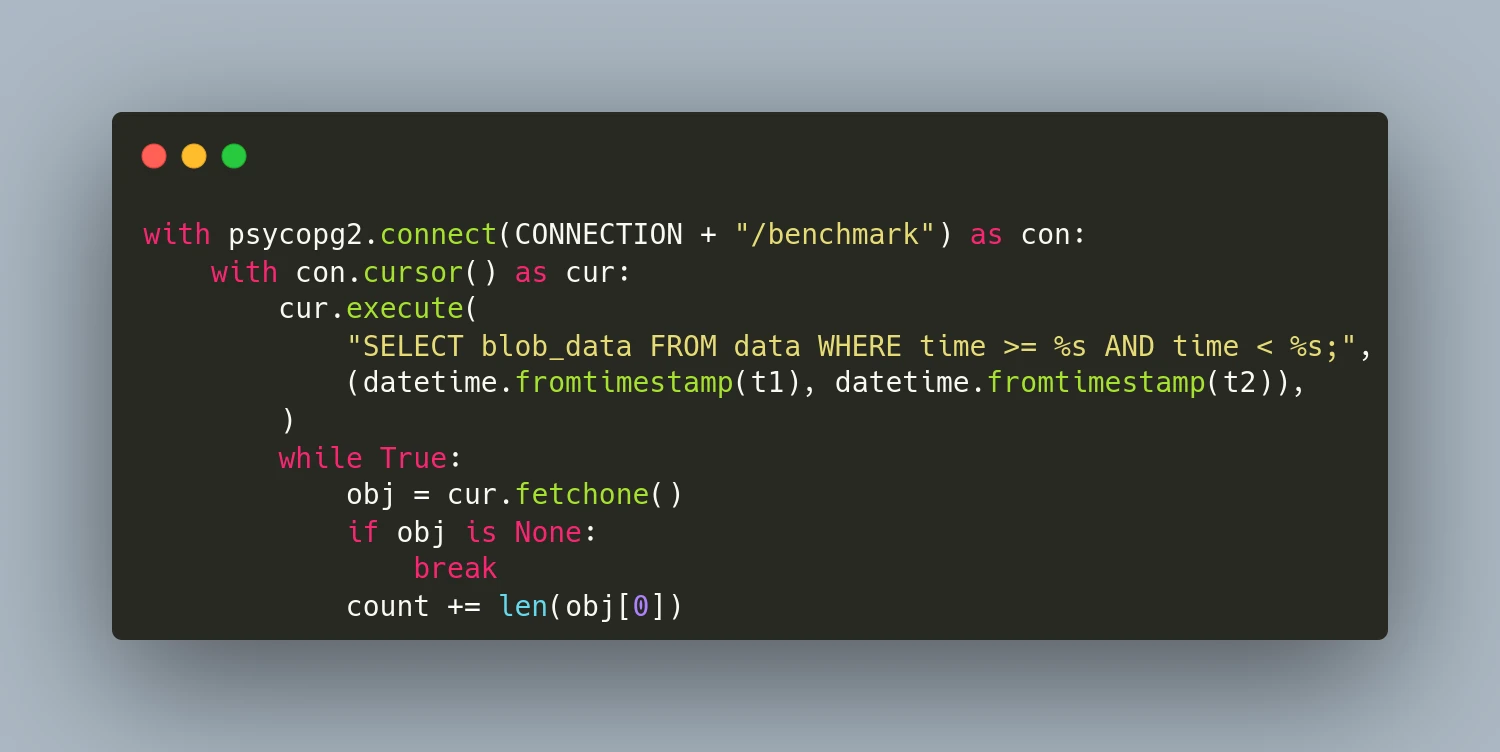Alternative to MongoDB for Blob Data

In edge computing, managing time series blob data efficiently is critical for performance-sensitive applications. This blog post will compare ReductStore, a specialized time series database for unstructured data, and MongoDB, a widely-used NoSQL database.
Using Docker containers for straightforward setup, we'll examine the speed of each system. We'll go through setting up ReductStore buckets and preparing MongoDB collections, focusing on how to effectively store and access blob data for time series scenarios.
By conducting performance tests on binary data insertion and retrieval, we aim to provide insights into which system might best serve your application's needs.
For those interested in replicating our benchmarks or conducting their own evaluations, we've made our methods easily accessible through this repository.


